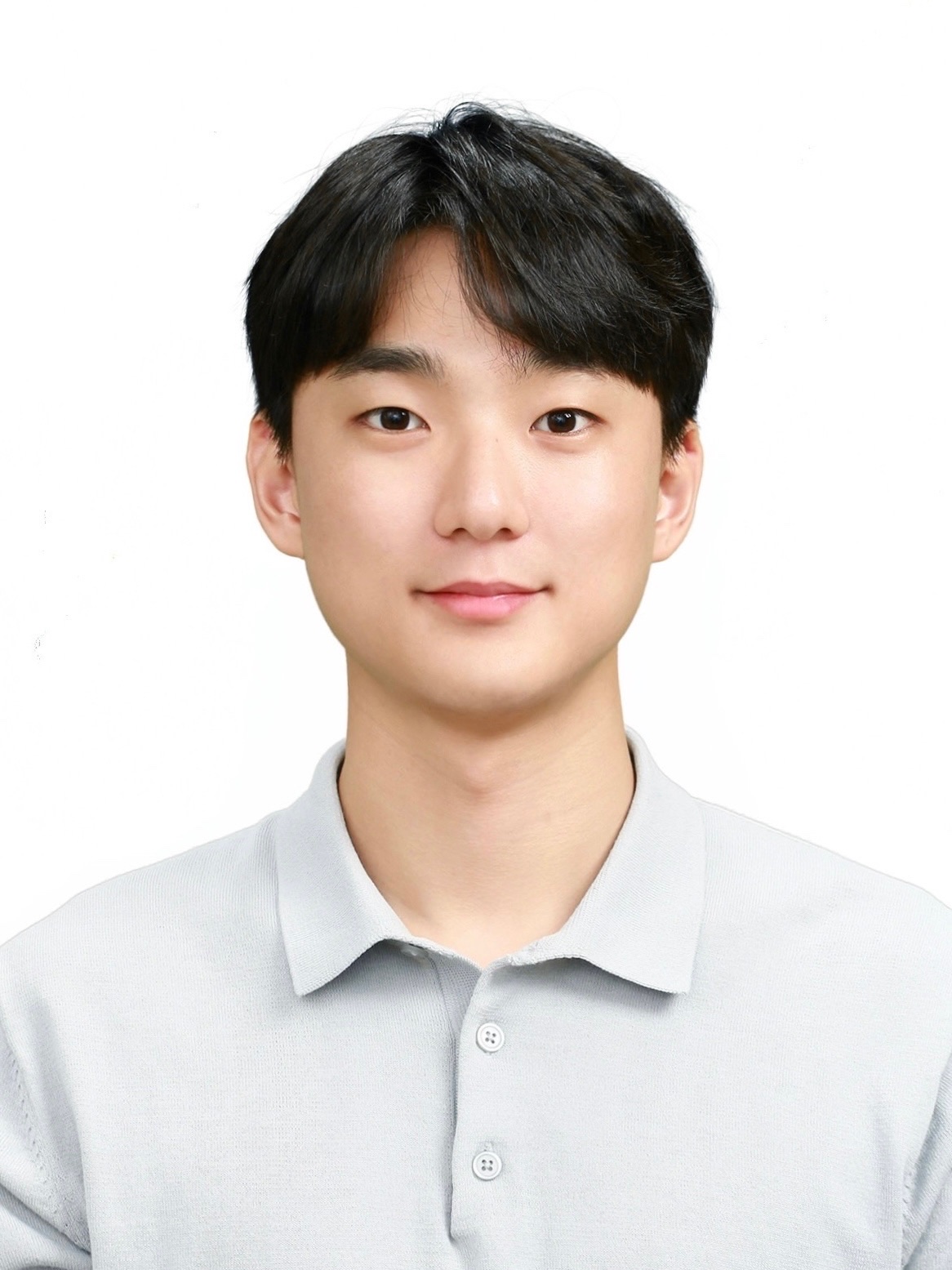Research
💡 Research Interests
My research focuses on building trustworthy LLMs. I mainly work on uncertainty quantification (UQ) in LLMs for reliable decision-making. Moving forward, I aim to extend my research in reasoning and interpretability, to better understand the internal mechanisms of large models and leverage these insights to enhance their reliability and safety. I am also interested in advancing these directions toward multi-agent and multi-agent systems, with the long-term goal of developing trustworthy agents that can operate safely and transparently in the real world. Furthermore, I intend to pursue data-centric approaches that enhance model trustworthiness by improving data quality and representativeness. Besides, I have research experience in federated learning and parameter-efficient fine-tuning.
1) Knowledge Conflict and Robust UQ
LLMs often rely on external retrieval systems or internet search to supplement their responses. However, when the model’s parametric knowledge contradicts the retrieved contextual information, knowledge conflicts arise, leading to unreliable or inconsistent outputs. I am interested in developing robust UQ methods that can detect and resolve such conflicts by quantifying the reliability of both the model’s internal and retrieved knowledge. Another direction of my work is improving the robustness of UQ under domain shifts and specialized settings such as legal, financial, and medical documents, where models face high uncertainty and limited data coverage.
2) Trustworthy Multi-Agent Reasoning
Multi-agent collaboration offers a promising way to enhance reasoning and decision reliability by enabling models to interact, debate, and verify one another’s responses. I aim to explore uncertainty-aware guidance strategies that allow multiple agents to reason collectively and generate safe and reliable answers. Ultimately, I seek to design trustworthy agent systems that can operate in high-stakes domains, capable of abstaining from answers when uncertain, performing self-evaluation, and engaging in dynamic, context-aware reasoning.
3) Trustworthiness in Multi-modal Models
Multi-modal models integrate information from diverse sources such as text, image, audio, and video, yet the origin and propagation of uncertainty across modalities remain poorly understood. I am interested in identifying how cross-modal alignment errors, modality conflicts, and representation entanglement affect model confidence and decision reliability. My goal is to disentangle modality-specific uncertainties and design trustworthy fusion mechanisms that adaptively combine reliable signals, enabling transparent and reliable decision-making in real-world scenarios.
4) Data-Centric Trustworthiness
While model-level reliability has been the primary focus of trustworthy LLM research, data quality and representativeness fundamentally determine a model’s ability to make reliable predictions. In particular, it is known that models often hallucinate because of the way they are trained—the learning process, typically supervised or reward-driven, tends to encourage models to produce answers rather than to abstain, even when the answer is potentially wrong. Therefore, I am interested in a data-centric approach that studies how dataset characteristics shape their reliability and how to design better dataset for trustworthy generations. My goal is to analyze how models internalize data biases or spurious correlations and to develop data curation, filtering, and synthetic dataset generation strategies, combined with effective post-training, to mitigate these effects and enhance overall reliability.
🔬 Research Experiences
1) Trustworthy Machine Learning
I have primarily worked on uncertainty quantification for LLM-generated answers. I have explored how LLM UQ methods perform in realistic aspects, including threshold sensitivity, query transformations, long-form applicability, and ensemble effectiveness. Along with this work, I participated in building TruthTorchLM, an open-source library implementing 25+ UQ methods with unified evaluation, calibration, and long-form claim-level assessment. I also proposed a UQ method for contextual QA that measures feature gaps along honesty, contextual reliance, and context comprehension via contrastive prompts and representation analysis. Overall, I worked on a survey paper for LLM UQ for hallucination detection, providing comprehensive overview of LLM UQ and systematic categorization of existing methods with individual brief explanation.
Selected Papers:
- Reconsidering LLM Uncertainty Estimation Methods in the Wild, ACL 2025
- TruthTorchLM: A Comprehensive Library for Predicting Truthfulness in LLM Outputs, EMNLP 2025
- Uncertainty as Feature Gaps: Epistemic Uncertainty Quantification of LLMs in Contextual Qusestion-Answering, preprint
- Uncertainty Quantification for Hallucination Detection in Large Language Models: Foundations, Methodology, and Future Directions, preprint
2) Efficient and Scalable Machine Learning
I have worked in making machine learning systems more efficient and scalable through signal-driven methods. In particular, I introduced the use of the gradient-to-weight ratio as a measure to interpret how much each layer or parameter has learned relative to its weight. I proposed using a gradient-to-weight ratio and entropy-based masking fine-tuning method, achieving 1.5% higher accuracy than full fine-tuning with 0.1% tunable parameters. In addition, I developed a federated learning algorithm that selectively updates high-variability layers, reducing communication costs by up to 83% without loss in accuracy.
Selected Papers:
- GEM: A Scale- and Distribution-Aware Sparse Fine-Tuning Framework for Effective Downstream Adaptation, AAAI 2026
- Layer-wise Update Aggregation with Recycling for Communication-Efficient Federated Learning, NeurIPS 2025
